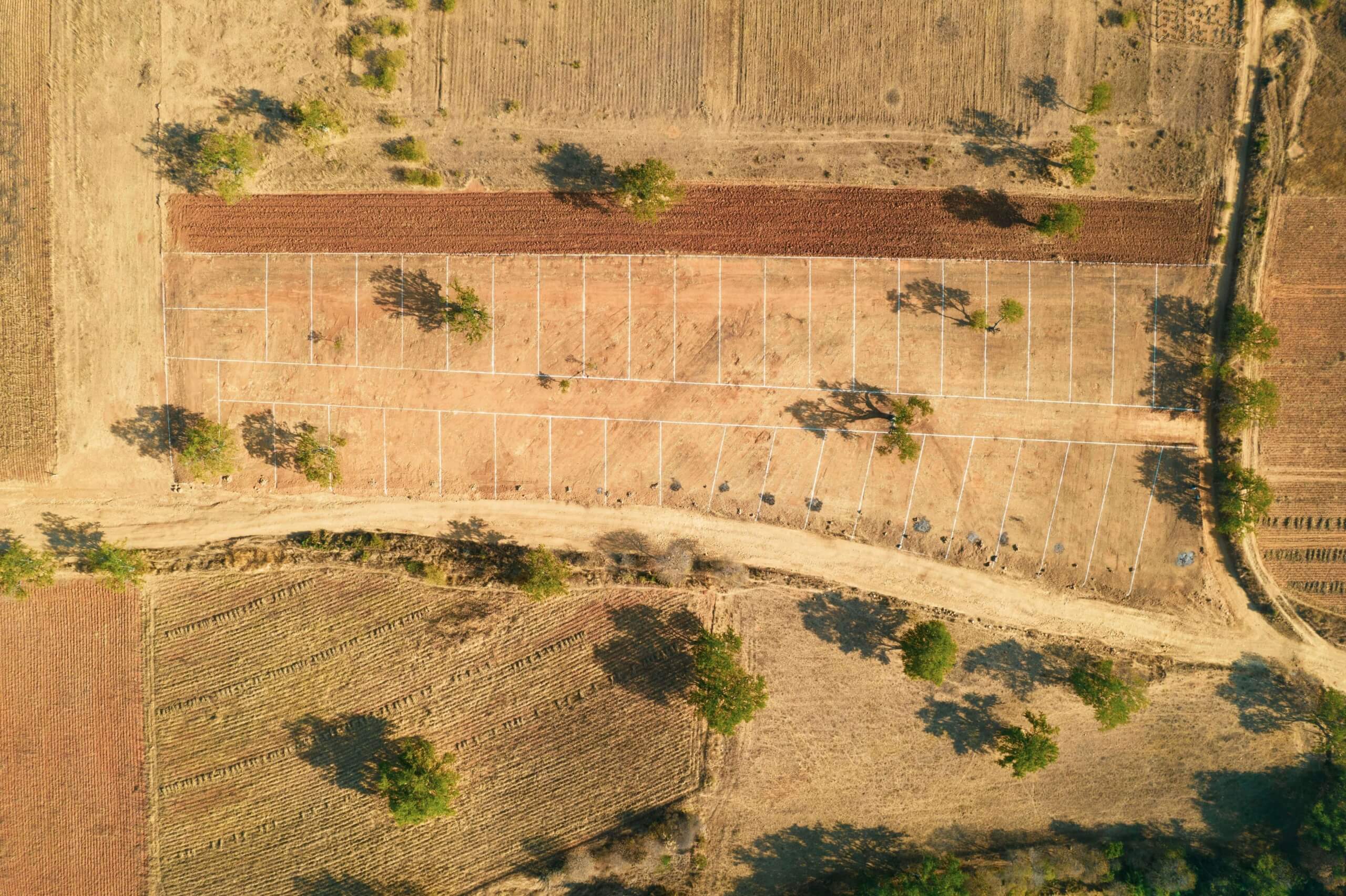Buying a plot of land can be an exciting step toward building your dream home or starting a profitable investment. However, the process of purchasing land is different from buying a home, with its own set of considerations and potential challenges. Whether you’re a first-time buyer or adding to your property portfolio, this guide will walk you through the essential steps, tips, and expectations for buying a plot.
1. Determine Your Purpose and Budget
The first step in buying a plot is defining why you’re purchasing it. Are you planning to build a home, start a business, or hold the land as a long-term investment? Understanding your purpose will guide your decisions on plot size, location, and any zoning requirements. Next, set a budget that includes not only the cost of the land but also potential expenses like taxes, permits, and initial development costs. A clear budget helps you make informed decisions without overstretching your finances.
2. Research Locations and Zoning Regulations
Location is a critical factor when buying a plot. Think about proximity to amenities, road access, and the neighborhood’s growth potential. If you’re looking for a residential plot, focus on areas close to schools, shops, and transportation. For commercial purposes, a high-traffic area may be more advantageous. Additionally, familiarize yourself with zoning laws and regulations for the area. Zoning affects what you can and cannot build on the plot, so it’s essential to ensure the land is suitable for your intended use.
3. Check Plot Accessibility and Utilities
Before purchasing a plot, consider its accessibility. Is there a road that leads to the property? If not, will you need to build one? Also, confirm the availability of essential utilities like water, electricity, and sewer connections. If these services aren’t already available, determine the costs and feasibility of setting them up. Utility access can significantly affect your timeline and budget, so it’s crucial to address these aspects early in the process.
4. Conduct a Land Survey
A land survey is a must when buying a plot. A certified surveyor will verify the exact boundaries of the property, ensuring that the plot’s dimensions match what is listed in the deed. This survey also reveals any encroachments or issues with the land’s boundaries. A survey may feel like an additional expense, but it’s a vital step that helps avoid boundary disputes and ensures you’re buying exactly what’s advertised.
5. Review the Land Title and Legal Documentation
One of the most crucial aspects of buying land is verifying the ownership and legal status of the plot. Ensure the seller has a clear, undisputed title to the land and that there are no pending legal issues, such as unpaid taxes or liens. It’s wise to consult a real estate attorney who can review the title deed and other legal documentation to confirm that the transaction is legitimate and that you’ll receive full ownership rights.
6. Negotiate the Price and Terms
Like any property purchase, land prices are often negotiable. Research similar plots in the area to get an idea of fair market prices and use this information to negotiate. Factors such as plot location, accessibility, and available amenities all influence the land’s value. Also, discuss payment terms with the seller, especially if the plot is being sold in installments. A transparent agreement with clear payment terms will protect both you and the seller.
7. Understand Transfer Fees and Closing Costs
When you’re ready to finalize the purchase, be prepared for additional expenses like transfer fees, stamp duty, and other closing costs. These vary depending on the location, property value, and local regulations. Make sure to factor in these costs when setting your budget to avoid any last-minute surprises. Your real estate agent or lawyer can provide a detailed list of fees to ensure a smooth closing process.
8. Complete the Registration Process
Once the sale is agreed upon, the final step is the legal transfer of ownership, often called “registration.” This involves submitting all relevant documents to the local land registry office and officially recording the plot under your name. At this stage, you’ll receive a registration certificate or title deed that proves your ownership. Keep these documents safe, as they’re essential for any future sale or development of the land.
9. Plan for Development or Maintenance
After purchasing the plot, you may want to start development or simply maintain the land until you’re ready. If you plan to build, consult architects and engineers to get a realistic timeline and budget. Even if you’re not ready to build immediately, periodic maintenance, such as clearing overgrowth and inspecting the plot, will help preserve its condition and value over time.
Conclusion
Buying a plot of land can be a rewarding investment when done thoughtfully and carefully. By following these steps, from setting a clear purpose to completing legal documentation, you’ll be well-prepared for a smooth transaction. Remember, professional guidance from real estate experts, surveyors, and legal advisors can make all the difference, ensuring that your land purchase is secure and suited to your goals.


